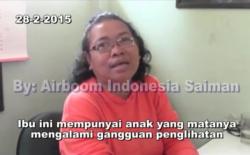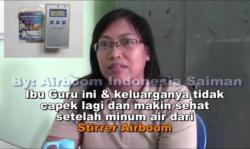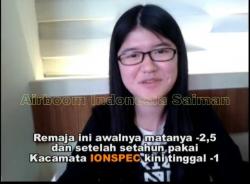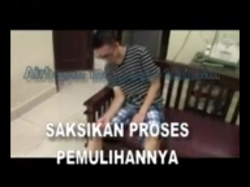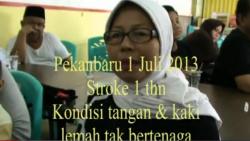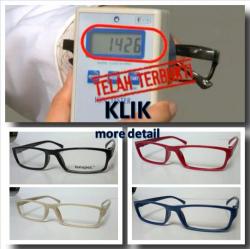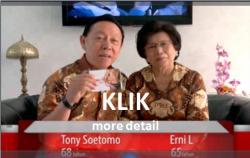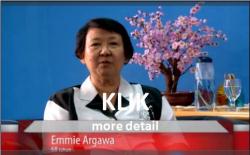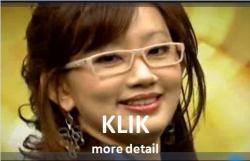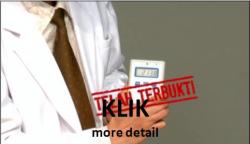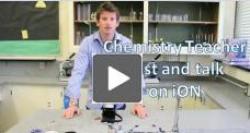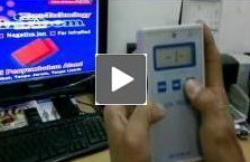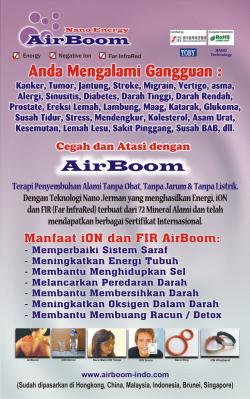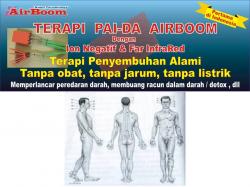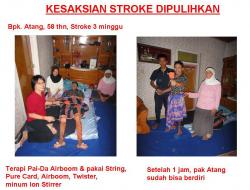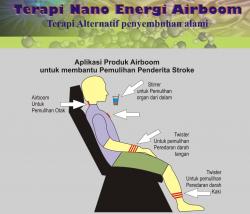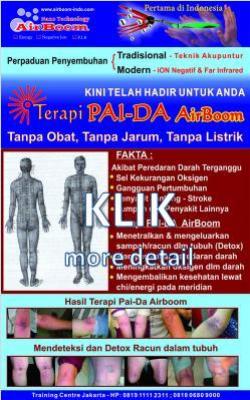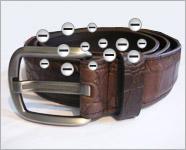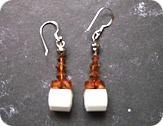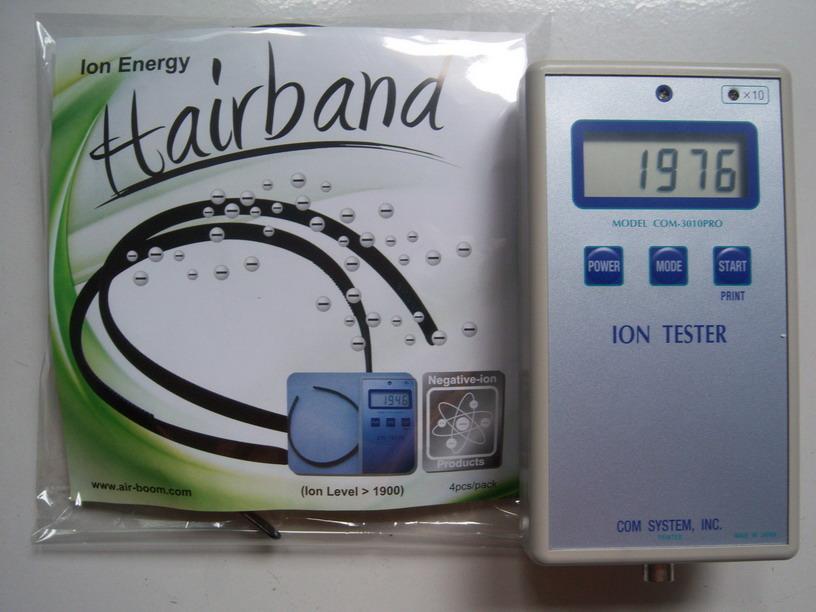|
 |
What are the symptoms of stroke?
Within a few minutes of having a stroke, brain cells begin to die and symptoms can become present. It is important to recognize symptoms, as prompt treatment is crucial to recovery. Common symptoms include:
• Dizziness, trouble walking, loss of balance and coordination
• Speech problems
• Numbness, weakness, or paralysis on one side of the body
• Blurred, blackened, or double vision
• Sudden severe headache
Smaller strokes (or silent strokes), however, may not cause any symptoms, but can still damage brain tissue.
A possible sign that a stroke is about to occur is called a transient ischemic attack (TIA) - a temporary interruption in blood flow to part of the brain. Symptoms of TIA are similar to stroke but last for a shorter time period and do not leave noticeable permanent damage
How is stroke treated?
The primary goal in treating ischemic stroke is to restore blood flow to the brain. This will be attempted using blood clot-busting drugs such as aspirin, heparin, or tissue plasminogen activators that must be administered within three hours of the stroke. In addition, surgical procedures may be performed that can open up or widen arteries. These include carotid endarterectomy (removal of plaque and widening of the carotid artery) and angioplasty (a balloon that widens the cartoid artery and is held open with a metallic mesh tube called a stent).
A study found that cholesterol lowering drugs can prevent stroke recurrence.
Hemorrhagic stroke is treated differently than ischmic stroke. Surgical methods used to treat this stroke variant include aneurysm clipping, aneurysm embolisation, and arteriovenous malformation (AVM) removal. Aneurysm clipping consists of a small clamp placed at the base of the aneurysm that isolates it from the circulation of it's attached artery and keeps the aneurysm from bursting or re-bleeding. Aneurysm embolisation (coiling) uses a catheter inserted into the aneurysm to deposit a tiny coil that coil fills the aneurysm, causing clotting and sealing off the aneurysm off from arteries. AVM removal is a surgical procedure to remove usually smaller AVMs or AMVs that are in more accessible portion of the brain in order to eliminate the risk of rupture.
How to use Ion Energy String as alternative way to treat stroke ?
circle the nano string gently on the numbness /stroke hands,legs, body or head and neck。
Function;
With high level of negative ions, Ion Energy String will effectively improve blood circulation; improve blood cells condition, increase oxygen level and activated blood cells and nervous system in split second, with 5 meters length it gives more coverage compare than our others products which is proven miracle good towards our body health.
|

 Alternative Way to Treat Serious Numbness and Stroke
Alternative Way to Treat Serious Numbness and Stroke


